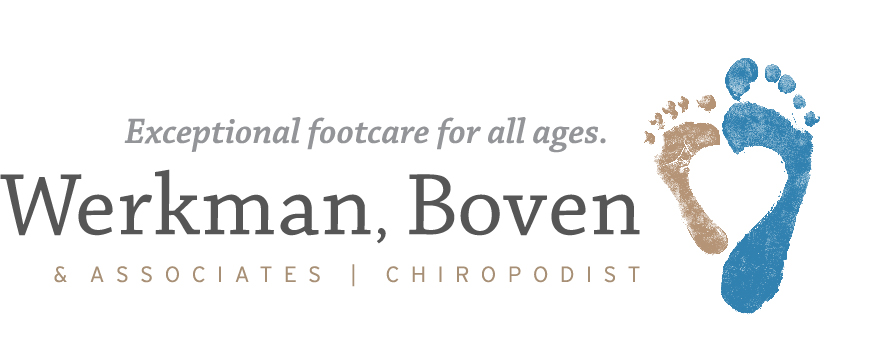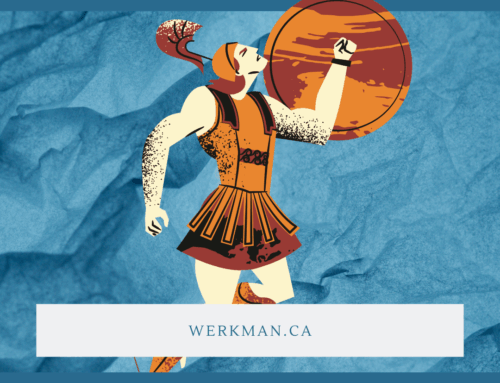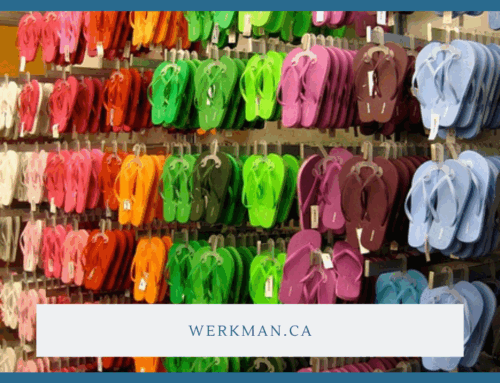What Are Shoe Inserts?
Shoe Inserts, Insoles, and Arch Supports
Most times, when someone says they need a “shoe insert” or “arch support” it’s because they are experiencing some kind of foot discomfort.
To a Chiropodist, a shoe insert, insole, or arch support means a “biomechanical orthotic device” that is made especially and only for one individual, its purpose to support/supplement weakened or abnormal joints.
Biomechanical orthotic devices may resemble arch supports, but true biomechanical orthotics do not work on the principle of simply supporting the arch. Instead of just supporting the arches, orthotics realign the foot by applying corrective pressure where it is needed. A custom designed and manufactured orthotic is a device that controls the degree of pronation and supination of the foot when walking, running, skating, skiing, or participating in other sports. Learn more about Orthotics.

Who Wears Orthotics?
Orthotics may be recommended to those individuals requiring enhanced shock absorption (e.g. arthritics, atrophy of the fibro fatty padding), and athletes who want to perform better. Patients with diabetes, heel spurs, sesamoiditis, metatarsalgia, pes cavus and pes planus may also benefit from the use of foot orthotics. Read more about who wears orthotics and why!
Orthotics for Kids
Children who are walking may benefit from orthotics if compensating for a foot deformity (e.g. flat feet, and in toeing). Orthotics are used to correct, control or compensate for a bone deformity or soft tissue ailment.
What Do Orthotics Do?
Orthotics control the foot’s range and speed of motion. The muscles that counteract the range of motion work overtime when a person over pronates or over supinates. This excess muscle contraction leads to inefficiency and fatigue. A foot with the proper biomechanics is much more efficient, requires less energy, and therefore works pain free. Some of the consequences of improper foot mechanics include:
- Plantar fasciitis (heel pain)
- Morton’s Neuroma (pain or numbness in the toes)
- Tendonitis
- Bunions
Learn more today!
Talk to us about your foot care needs. We’re a family-friendly bunch devoted to feet! Schedule an appointment today!



